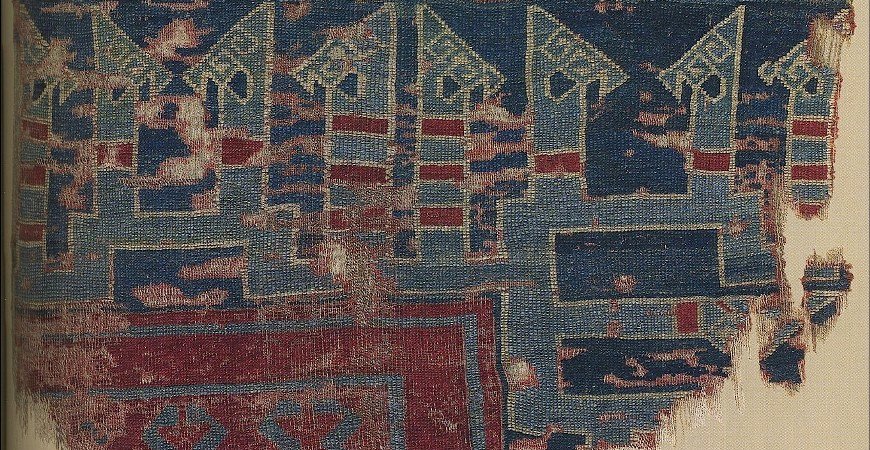
Seljuk Carpets Konya Turkey – Chapter 1
Seljuk Carpets Konya Turkey – Chapter 1,
The art of carpet making was brought to Anatolia by the Seljuk Turks and was furthest developed in the thirteenth century in the cities of Konya, Kayseri, and Sivas. Well-known expert on carpets the German Art Historian Prof. Kurt Erdmann claims that the first knotted carpets were woven during the Seljuk period in Konya. The Seljuk Turks came to Anatolia, founded cities in which they constructed mosques, palaces, and mansions, and furnished these buildings with colorful carpets woven by Turkish craftsmen in Anatolia, The Oguz clans of Anatolia who mainly lived a nomadic life wove kilims and furnished their tents with them, but they also valued the carpets made in the cities. Travelers of the thirteenth century said that the carpets produced in Anatolia were the most beautiful in the world and that they were exported to other countries. Marco Polo and his uncle who traveled to China in 1271 – 1272 said that the carpets made in the larger cities of the Seljuk The state were the most beautiful in the world. And they must have been beautiful to impress a traveler who had seen every country from Europe to China. At the beginning of the seventeenth century, Ibni Battuta traveled to Anatolia and recorded that carpets were being exported to several Islamic countries.
Only a few examples of these early Seljuk carpets and kilims have survived up to the present day. There are eight in the Istanbul Museum of Turkish and Islamic Art, three in the Tomb of Mevlana in Konya and seven in the Stockholm National Museum. Of these eighteen carpets three of them are complete and of the others, only pieces remain.
Those in the Istanbul Museum of Turkish and Islamic Art were taken from the Alaeddin Mosque in Konya in 1914. The Seljuk Sultan Alaeddin Keykubad I had this mosque built in 1221, and the sultans which followed him fill it with lamps, candlesticks, and lecterns and had carpets woven especially for this mosque. In the 750 years which have passed since then, these carpets have been worn out and thrown away leaving only three complete and five in pieces.
You can continue to find more details about Seljuk Carpets Konya Turkey in Chapter 2.